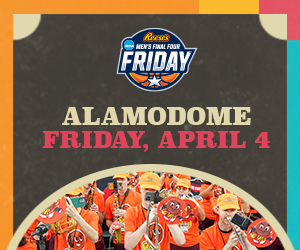In November of 1898, hundreds of crazed white racists marched in the streets of Wilmington, North Carolina intent on ending what that called “negro domination.” These rioters went to the Black section of town and proceeded to burn Black businesses and murder Black people. They were already empowered by a racist Supreme Court that made segregation legal in the 1896 Plessy vs. Ferguson case. These white racists used the old baloney ploy of “protecting white women” from Black criminals. Newspapers of that era stoked violence and racism with such invented plots (“Stop the Steal” liars is the modern equivalent). These newspapers even used the fictional Dracula character in a racist attempt to associate Black progress with evil.
For many years, the English were preoccupied with borders, boundaries, and white supremacy when Dracula first appeared in the 19th century. There was a rise in the number of non-English people between about 1881 and 1900.There was a fear of foreigners, and the possibility of Black people taking control. Bram Stoker’s Dracula, written in 1897, incorporates these fears regarding the threatening “outsider” and it became a handy story for white supremacists. The SAPD police association used this tactic back during the fight to strip away power from this corrupt group that protects bad cops. The police association used the old racist lie that those who wanted to reform the police were “outsiders.” This was a total lie as they were all from San Antonio.
In addition, in 1898, there was a fear of Black men in the United States, which is why images of Black men as vampires appeared in North Carolina-based newspapers. There is a fear that if black men enter politics, they will take over and destroy white women and white supremacy if they gain political power. Therefore, all of this propaganda emboldens white supremacy which was mixed in with supernational hellish characters. “The Vampire Who Takes Control of North Carolina” appeared in newspapers as a racist cartoon in which a Black male vampire emerges from a ballot box in the year 1898. In addition, there is another image from the same period in North Carolina depicting Black vampires rising from the dead to vote. Therefore, there is a fear that if these monsters are allowed to vote, they will take control and ruin the power of white supremacy.
North Carolina has a long history of weird events including a 1729 colony that disappeared and foolish reports of vampires go a long way back. However, the point here is that Black progress and progress against ignorance is attacked in ugly profuse ways. Ignorance is valued more than intelligence in this country and preying upon ignorant uneducated whites is what the white supremacist power structure does. Ignorance rules supreme in this country, and this is what Trump knows. He knows that lies and fear with motivate people to do his will if the lie is big enough and seeks to tap into racist passions.
Moreover, the 1898 cartoon, by a racist named Norman Jennet, portrays an African-American vampire threatening a gathering of white people. The idea that Black power poses a serious threat to white society is the image’s all-encompassing theme. The vampire’s standing ballot box and the slogan “Negro Rule” written on the vampire’s wings; both exemplify this idea. Another cartoon, “Negro Rule,” which was published in 1900, has content that is nearly matching to this one. Given that white supremacist ideology is a central component of American thinking, the similarities between racism today and then are clear.








